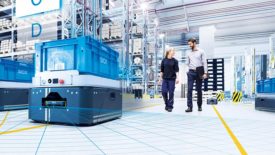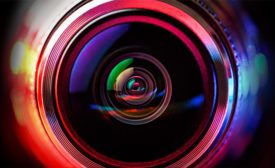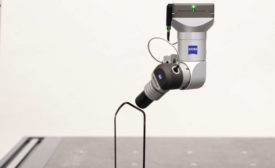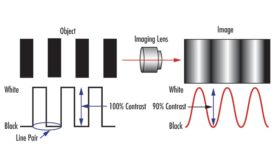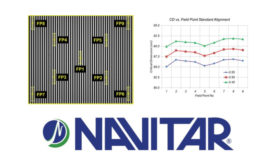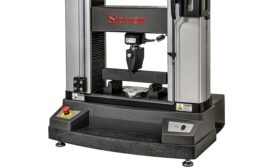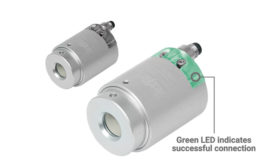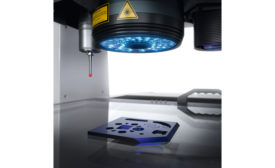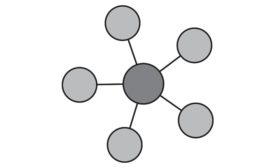Home » Keywords: » sensor-based systems
Items Tagged with 'sensor-based systems'
ARTICLES
Vision & Sensors | Machine Vision 101
Effective robot guidance requires specific machine vision sensors and techniques.
Read More
E-Mobility Inspection
With electric vehicles on the rise, so too are the inspection applications.
August 1, 2020
Deciphering Lens Specifications and Choosing the Proper Lens
In the past, cameras were once the limiting component for performance in and imaging system. Today, lenses have become the critical component in many applications.
March 2, 2020
Sponsored Content
Improvements in Machine Vision Accuracy with Lens-Sensor Active Alignment
July 1, 2019
How Proper Specification of Load Cell Sensors Can Improve Force Measurement
Accuracy is only one of many characteristics that should be examined before selecting a sensor for an application.
November 8, 2018
Advertisement
Beyond the Hype: Machine Learning for Manufacturing Performance
July 30, 2018
The Rise of Multisensor Measurement
Multisensor CMMs can measure 2D and 3D parts interchangeably, giving manufacturers a competitive edge.
March 1, 2018
Solving the Challenges of Multi-Sensor Networking
Creating a successful, robust network of sensors requires careful design.
July 1, 2017
Stay in the know with Quality’s comprehensive coverage of
the manufacturing and metrology industries.
eNewsletter | Website | eMagazine
JOIN TODAY!Copyright ©2025. All Rights Reserved BNP Media.
Design, CMS, Hosting & Web Development :: ePublishing
